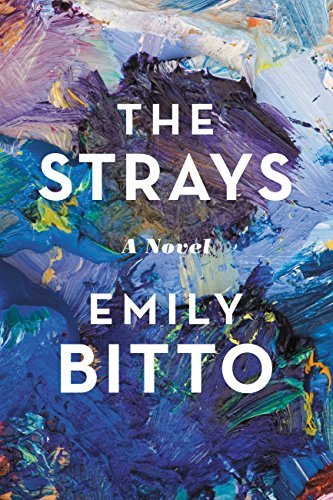What do you think?
Rate this book


257 pages, Kindle Edition
First published April 30, 2014
Helena and I would like to invite you all to come and live with us here. We'd love to take in a few more strays, and we invite you all to quit your jobs and join our commune. Work and live side by side. So we can all thumb our noses at the rest of the world.
There is no intimacy as great as that between young girls. Even between lovers, who cross boundaries we are accustomed to thinking of as at the furthest territories of closeness, there is a constant awareness of separateness, the wonder at the fact that the loved one is distinct, whole, with a past and a mind housed behind the eyes we gaze into that exist, inviolate, without us. It is the lack of such wonder that reveals the depth of intimacy in that first chaste trial marriage between girls.
When was it that I became a voyeur in their midst? I was the perfect witness, an unsuspected anthropologist disguised within the body of a young girl, surrounded by other young girls who were part of the family. Yet I was a cuckoo in the nest, an imposter who listened and observed, hoarding and collecting information.
It is strange which events leave those deep scars we carry with us over a lifetime. When Heloise talked about that night, even years later, it was with a bitter seriousness, a complete inability to see events other than as they occurred to her as a seven-year-old. It became a foundation myth, a lasting symbol of the troubled nature of Heloise's childhood, the real sufferings she endured, but also the way she experienced these sufferings, reliving them over and over until they wore away their own caged-animal paths within her.
I am angry with myself. I failed to speak from that compartment in myself, as that persona who represents motherhood the one who knows my daughter will always in some way look down on me; will not know my dark places and my desires, my ambivalences, even toward her; will think herself wiser, braver, more modern, her inner life more intriguing, her challenges more compelling; I have cherished the self who knows this and accepts it. It is without vanity, able to resist the urge to be understood.